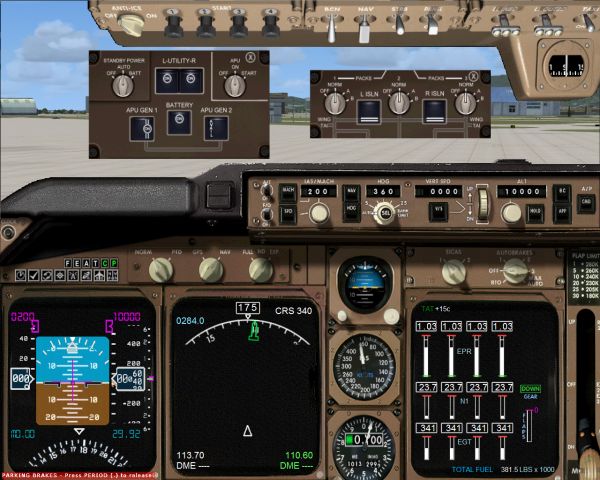How to Fly a Full ILS Approach

A full Instrument Landing System (ILS) Approach is used to help pilots learn how to land a plane perfectly just by sitting in front of a computer screen. You are taught with the help of flight simulators to easily learn ways of flying a plane and landing it. Once the pilots are done with their ILS tests and they learn how to properly land an airplane, they are all presented with the ILS charts, through which the pilots are ranked and are given their first real plane to land.
Instructions
-
1
When you are close to the airport, and you are being told by the air traffic controller about the runway you should be landing on, that’s the time you are supposed to set the ILS frequency to NAV1 radio. This frequency can be found on the map.
-
2
Usually when you are 20nm away from the airport, you start hearing the beep when the tower starts telling you to maintain a certain altitude until you have been established on the localizer. At this point, switch on the NAV switch, and in case it is on the GPS mode, put it to NAV mode.
-
3
Now you must turn on the approach by pressing the button right on your left hand side which reads “app”. You will notice how your plane has automatically started to align itself with the runway.
-
4
Be careful with your altitude, you must keep it steady and maintain it until you see the two white and red dots on your localizer. These four dots are your signal to start descending. This is the time where you are supposed to use the autopilot option. In reality this option is not allowed above 200AGL, but in the ILS you can use it to land your plane.
-
5
Make sure that your vertical speed is set at 800ft/min.
-
6
Keep a close eye on the localizer and you will see the two red and two white dots once again. These dots are present to suggest to you that you are about to make the perfect landing. During this time, the speed should be 160 knots. However, this speed can range between 145 knots to 175 knots. If you exceed 177 knots, you will notice that your flaps are getting damaged.
-
7
Make sure that the TOGA button is switched off, you do not need it during the time of landing. The pitch trim and the rudder totally depend upon the different wind speed and its direction. You can practice the wind bit on the ILS, and make sure you get it right. In case you are unable to set the rudder correctly, your plane is expected to drift off from the runway on to land.
-
8
Make sure that your flaps are lowered when you are aligned with the runway. Good pilots will do this when they are only 6nm away. This is also the time when you are supposed to bring down your landing gear.







